About Goodbye RFK
For 62 years, RFK was where Washingtonians came together. We celebrate and remember its history and legacy.
Contents
- Curtain Call
- They Don’t Make ’Em Like This Anymore
- A Brief History of RFK Stadium’s Most Notable Events
- How RFK Stadium Helped Integrate the NFL’s Last All-White Team
- Our Favorite Moments in RFK Stadium History
- The In Box
- Bounce House
- When RFK Stadium Alt-Rocked
- “You Had to Be There”—and They Were
- Revisiting RFK Stadium’s Weirdest Moments
- Not With a Bang
- What’s Next for RFK Stadium?
Curtain Call

In many ways, Washington exists as an idea: a beacon of democracy, a special-interest swamp, an amorphous concept that our politicians love to rail against—especially when they’re running to get or stay here.
But RFK Stadium? It was a real place, wood and grass, steel and concrete, its signature swooping roof resembling a roller coaster, or maybe a UFO. When the crowd wanted Dallas, you heard it. When Hondo hit one into the upper deck, you saw it. When the Screaming Eagles and La Barra Brava made the stands shake, you felt it.
A public playground and stage, RFK hosted drama and conflict and some truly epic jam sessions—the Grateful Dead played it a whole lot—on sweltering summer evenings and chilly fall afternoons. All of it was tangible. The Washington Senators didn’t die in committee. John Riggins didn’t take a bow via press release. DC United’s rally raccoon wasn’t a party mascot or political metaphor—it was a nod to the actual freakin’ raccoons living in the building.
And really, who could blame the critters for wanting to stay? For 62 years, RFK was where Washingtonians came together. We formed friendships while tailgating. Found love at concerts. We thrilled to the World Cup and the Olympics, sang along with Madonna and Foo Fighters, pulled for our favorite racing Presidents. (Go, Teddy!) Once—and somehow, this predated reality TV—we watched 2,500 couples simultaneously tie the knot.
So goodbye, RFK. Even from the upper deck, you always kept us grounded.
Back to Top
They Don’t Make ’Em Like This Anymore
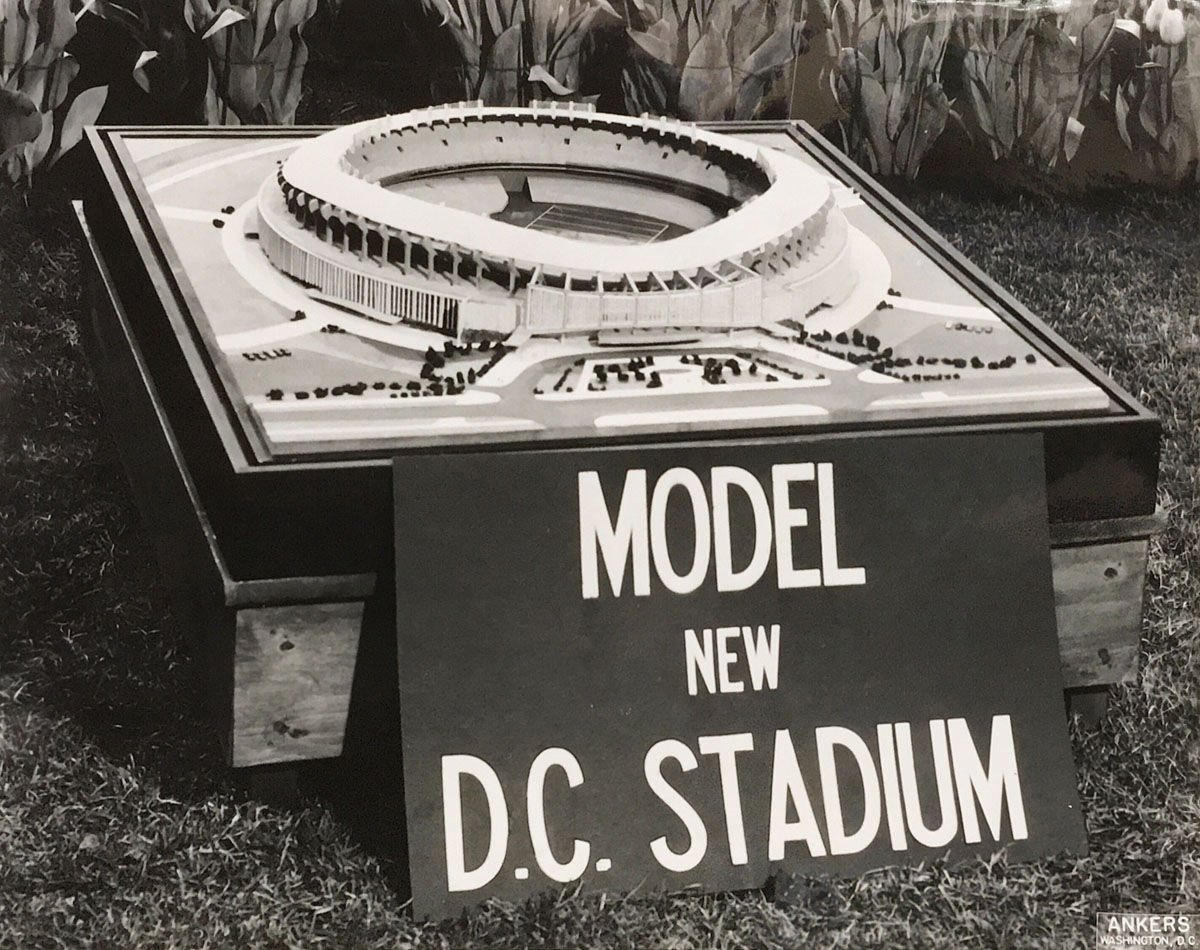
By the time DC United left in 2017, RFK Stadium was a relic—and frankly, a bit of a dump. But when the building opened in 1961, it was something else entirely: a trendsetter.
Grand views of the Capitol dome and Washington Monument. A space-age curved roof to rival Dulles airport’s. Parking lots so vast, the stadium was later called “a National Park dedicated to asphalt.” Back then, RFK had it all—and crucially, could host it all. Unlike the old Griffith Stadium, it was built for football and baseball, with a circular shape and movable seats.
At a time when the National Football League was beginning its ascent from gambling curiosity to new national pastime, this was an appealing blueprint. Over the next 15 years, ten cities including Atlanta and Philadelphia built cookie-cutter multipurpose stadiums that mimicked RFK.
Alas, these concrete doughnuts proved problematic, sacrificing fan satisfaction for versatility. At RFK, most baseball seats were in the upper levels, while many football seats were so low, it was hard to see over players. Switching between sports was slow and expensive.
By the 1990s, RFK was showing its age: too small, too spartan, too lacking in lucrative luxury boxes. DC’s football team followed the money to a new home in suburban Maryland, while Baltimore’s red-brick, baseball-only throwback Camden Yards inspired an ongoing wave of copycat sport-specific buildings. When RFK comes down, Oakland’s Coliseum will be the last remaining in-use Stadium of the Future, slipping into the past.
Back to Top
A Brief History of RFK Stadium’s Most Notable Events
Key moments in the life of DC’s iconic stadium
-
OCTOBER 1, 1961
OPENING DAY
Called “America’s most plush sports palace” by the Washington Post, DC Stadium opens with a National Football League game pitting the hometown team against the New York Giants, at a cost of $24 million—$18 million over budget.
-
APRIL 9, 1962
PLAY BALL!

JFK Opening Pitch. Photograph by AP Photo. President Kennedy throws out the ceremonial first pitch as the Senators defeat the Detroit Tigers 4–1 in Major League Baseball’s debut at the stadium.
-
1962
POLITICAL HARDBALL
Following a four-year hiatus for causing too many injuries, the annual Congressional Baseball Game returns with its DC Stadium debut, a 4–0 GOP win.
-
JULY 10, 1962
ALL-STAR HOMECOMING
Los Angeles Dodgers star and DC native Maury Wills has to talk his way into the stadium past a security guard who doesn’t recognize him, then earns MLB All-Star Game MVP honors.
-
NOVEMBER 22, 1962
THANKSGIVING DAY RACE RIOT
An Eastern–St. John’s high-school football game ends with a mass brawl between Black and white fans, injuring 400 and resulting in multiple arrests.
-
AUGUST 15, 1966
FAB FIVE FAREWELL
Beset by controversy over John Lennon’s “more popular than Jesus” comment, the Beatles play for 32,164 fans—just two weeks before their final paid public concert in San Francisco.
-
January 18, 1969
name change

Photograph by Charles Harrity/AP Photo. In the final hours of LBJ’s presidency, Interior Secretary and JFK appointee Stewart Udall renames DC Stadium in honor of Robert F. Kennedy—circumventing LBJ’s desire to name it after himself.
-
NOVEMBER 16, 1969
CHANGING THE SUBJECT

Photograph courtesy of Library of Congress. One day after a massive anti–Vietnam War march in DC, President Nixon attends a Washington-versus-Dallas football game at RFK.
-
December 31, 1972
The Best of Enemies
Led by a veteran-laden “Over the Hill Gang” defense, Washington’s football team crushes the Dallas Cowboys 26–3 in the NFC title game to advance to the Super Bowl, spawning a ferocious rivalry.
-
June 9–10, 1973
Long, Strange Trip
The Allman Brothers and the Grateful Dead stage a two-day concert featuring psychedelic drugs, a brawl between a roadie and a record executive, robe-wearing members of the International Society for Krishna Consciousness, and 80,000 fans.
-
June 29, 1975
Goat Watching

Photograph by Harvey Georges/AP Photo. More than 35,000 fans—then the largest soccer crowd in North American Soccer League history—see Pelé and the New York Cosmos beat the Washington Diplomats 9–2.
-
September 21–22, 1984
Thriller
Michael Jackson and his brothers bring their Victory Tour to a sold-out RFK in two kid-friendly shows that the Washington Post describes as “more Ringling Bros. than rock ’n’ roll.”
-
November 18, 1985
Blind-Sided

Photograph by J. Scott Applewhite/AP Photo. Washington QB Joe Theismann suffers a gruesome, career-ending leg injury while being sacked by Giants linebacker Lawrence Taylor on Monday Night Football.
-
July 3, 1986
Stylin’ and Profilin’

Photograph by George Napolitano/MediaPunch/Alamy. Charismatic and loquacious pro wrestler Ric Flair defeats Dusty Rhodes at the NWA Great American Bash. Woooo!
-
January 17, 1988
Super Bowl Save
The Washington football team advances to Super Bowl XXII (which they eventually win) when Darrell Green breaks up a Minnesota Vikings pass at the goal line in the NFC title game.
-
April 12, 1989
Comrades: Stick to Hockey
First baseman Nugzar Pophadze hits a solo home run for the visiting USSR baseball team in a 20–1 loss to George Washington University.
-
July 17, 1992
Welcome to the Jungle
Rock gods Guns N’ Roses and Metallica kick off a snake-bitten North American tour plagued by canceled shows, intra-band animosity, and a pyrotechnic accident that burns James Hetfield.
-
April 20, 1996
It’s Called Soccer

Photograph by Tony Quinn/Alamy. Major League Soccer debuts with a 2–1 DC United loss to the LA Galaxy.
-
July 24, 1996
Ringing Success
The United States ties Portugal 1–1 in an Olympic soccer match played before some 58,000 fans, the largest sports crowd in RFK history.
-
December 22, 1996
End of an Era
In their final game at RFK, the Burgundy and Gold defeat the Dallas Cowboys 37–10; afterward, fans stream onto the field to remove clumps of turf as souvenirs.
-
June 13, 1998
Lightning Crashes
Day one of the Tibetan Freedom Concert—featuring the Beastie Boys, Radiohead, and others—ends early for 66,000 music fans after lightning strikes injure 11 spectators.
-
September 21, 2003
America’s Soccer House

Photograph by Susan Walsh/AP Photo. As the US women’s national team beats Sweden 3–1, RFK becomes the only stadium to host the men’s and women’s World Cup, Olympic soccer, the MLS Cup, and the NASL Soccer Bowl.
-
April 3, 2004
Skipping Ahead

Photograph by Gerald Herbert/AP Photo. Fourteen-year-old prodigy Freddy Adu debuts with DC United, becoming the youngest player in MLS history.
-
May 22, 2004
The Day the Music Stopped

Photograph by Kevork Djansezian/AP Photo. The final HFStival at RFK features Jay-Z, the Cure, the Yeah Yeah Yeahs, Fall Out Boy, and Annapolis’s own Jimmie’s Chicken Shack.
-
August 9, 2007
Hello, Becks

Photograph by Kevork Djansezian/AP Photo. International soccer superstar David Beckham debuts for the LA Galaxy in a rain-soaked 1–0 loss to DC United.
-
September 23, 2007
See You at Navy Yard
The Nationals play their final game at RFK, defeating the Philadelphia Phillies 5–3.
-
June 2, 2013
Centennial CelebrationK
More than 47,000 fans watch the US men’s national team notch a 4–3 win over Germany in the 100th-anniversary celebration of US soccer.
-
October 27, 2016
Inspired by Actual Events

DC United sold plush-doll “rally raccoons.” In a nod to the furry, four-legged mammals living in and around the stadium, DC United begins selling plush-doll “rally raccoons” at the team’s RFK store.
-
October 22, 2017
Bye-Bye, Black and Red
Fireworks, an alumni game, and bouncing stands filled with rowdy fans mark DC United’s final game at RFK, a 2–1 loss to the New York Red Bulls.
-
September 14, 2019
Fourth and Goal
Friendship Collegiate defeats HD Woodson in the high-school football DC Kickoff Classic, the last football game played in RFK.
-
December 8, 2022
Last Call

Photograph by Evy Mages . Doug Williams, Kathleen Kennedy Townsend, and others attend a farewell ceremony as the stadium’s iconic orange wooden seats are removed from its lower bowl.
Back to Top
How RFK Stadium Helped Integrate the NFL’s Last All-White Team
Bobby Mitchell broke Washington’s color line in 1962 and became the team’s first Black star.

During its long history, RFK wasn’t just a venue for sports and concerts. It was also an instrument for social justice.
Though Washington’s football team represented a city with a majority-Black population, in the early 1960s it was the only National Football League franchise without a single Black player on its roster. This steadfast refusal to integrate was driven by the club’s famously racist owner, George Preston Marshall, who once said he would add Black players to the lineup only “when the Harlem Globetrotters start signing whites.”
Such naked bigotry outraged local activists and the press. Washington Post sportswriter Shirley Povich used his column to blast Marshall, describing the team’s colors as “burgundy, gold and Caucasian.” But opposition to the team’s integration wasn’t limited to the owner’s box. When civil-rights advocates held demonstrations near the stadium, according to the Post, they were met by pro-segregation counter-protesters from the American Nazi movement.
However, integration advocates had a powerful ally. In March 1961, President John F. Kennedy launched an initiative to root out discrimination in hiring federal workers—and his Interior Secretary, Stewart Udall, saw an opportunity to address the bigotry at the hometown football team. Doing so, Udall believed, would allow Kennedy to tackle a high-profile case of racial injustice while increasing his appeal with key voters, according to Thomas G. Smith, the author of Showdown: JFK and the Integration of the Washington Redskins. “[Udall] sold that to Kennedy as a shrewd political move,” Smith explains. “He said this would win us friends in the North and [would] win us friends among the Black community.”
After securing Kennedy’s approval, Udall sprang into action. The Interior Secretary recognized that because the federal government owned the land on which the team’s much-anticipated new venue—DC Stadium, later renamed RFK—was being built, it had leverage over Marshall. Udall told the owner that if he didn’t begin integrating his team, Uncle Sam wouldn’t let them play in the new building.
Initially, Marshall remained defiant, insisting to a reporter that Udall had “absolutely no jurisdiction over the stadium.” But the owner eventually caved. Udall permitted Washington to play in the new stadium with an all-white team in 1961, and the franchise agreed to add Black players the following season. After a dismal 1–12–1 campaign, Washington traded for Cleveland Browns halfback Bobby Mitchell.
Alongside three other Black players, Mitchell broke Washington’s color line in 1962. He became the team’s first Black star—and as he helped turn around their fortunes with electric offensive play that earned him an eventual place in the Pro Football Hall of Fame, everyone in DC wanted to claim credit for his arrival. As Mitchell once told a Post reporter, “It’s funny, I was in [Congressman] Adam Clayton Powell’s office one day that first year I played for the Redskins and he said, ‘I’m the reason you’re here playing in Washington.’ I’d just been to the White House and John Kennedy and his brother are telling me they’re the reason I’m here. The Interior Secretary, Stewart Udall, would tell me the same thing.”
Smith, by contrast, sees the integration of the football club as a total team effort, a historic feat that wouldn’t have been possible without public pressure from Washington’s Black community and reporters, the courage of players like Mitchell, and the federal muscle made firm by RFK Stadium.
Back to Top
Our Favorite Moments in RFK Stadium History
Thrilling wins, famous firsts, and turning the world’s best-known residence into a cinematic doughnut hole
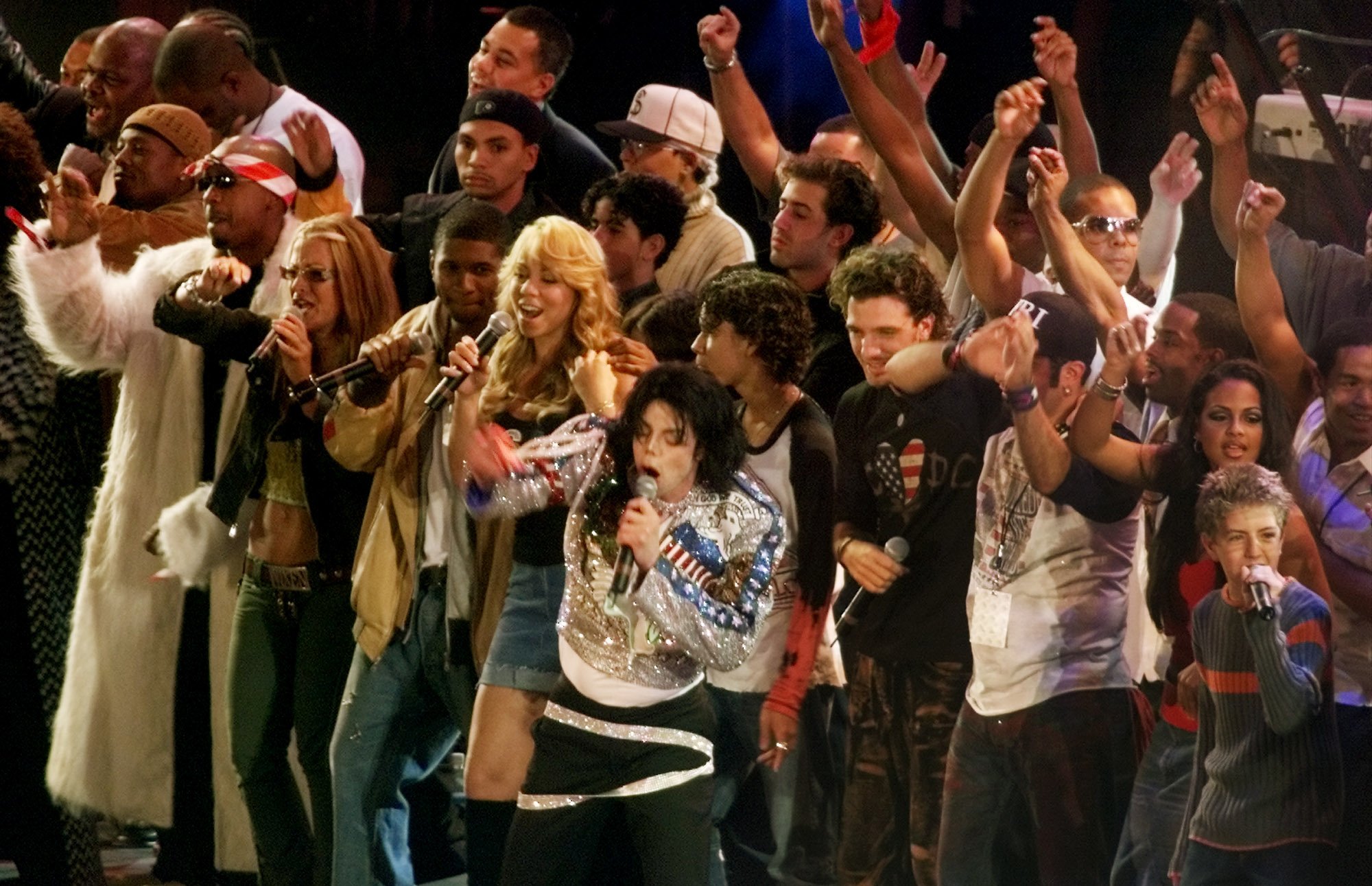
“We Want Dallas!”
January 22, 1983
The chant began during an NFL postseason victory the previous week. It resumed during warm-ups for the NFC title game against the hated Cowboys—and never quite stopped. John Riggins ran for 140 yards and two TDs, Dexter Manley wreaked defensive havoc, and Darryl Grant produced pure pandemonium with a pick-six as the home team advanced to Super Bowl XVII with a 31–17 win.
DC, United
October 21, 2001
According to his brother Jermaine, Michael Jackson overslept and missed a meeting at the World Trade Center on September 11, 2001. Roughly a month later, he headlined the “United We Stand: What More Can I Give” benefit concert, an 11-hour musical marathon featuring Mariah Carey, Destiny’s Child, James Brown, Aerosmith, Pink, and other stars.
Doubling Up
October 26, 1997
On a cold and rainy afternoon, DC United defeated the Colorado Rapids 2–1 before 57,431 fans to win its second straight Major League Soccer championship—cementing its status as the nascent league’s first dynasty.
The Future Is Female
April 14, 2001
Led by the legendary Mia Hamm, the Washington Freedom beat the Bay Area Cyber Rays—owners of the most Y2K nickname in sports history—1–0 in the inaugural match of the Women’s United Soccer Association, the first-ever women’s pro league.
Stealing Home
September 30, 1971
The Washington Senators’ last game before becoming the Texas Rangers ended ignominiously. According to the Washington Post, one woman in the unhappy crowd of 14,460 wore a black armband, while a 14-year-old boy wept as he carried around a Styrofoam dummy of hated owner Bob Short. In the ninth inning, hundreds of fans forced the Senators to forfeit by rushing the field, swiping the bases, taking the ball boy’s folding chair, and pilfering pieces of the scoreboard.
Baseball’s Back
April 14, 2005
The Nationals’ first game at RFK saw former Rangers owner (oh, the irony!) President George W. Bush throw out the first pitch using a ball saved from the Senators’ final home game—the ball that pitcher Joe Grzenda would have thrown to New York Yankees hitter Horace Clark if fans hadn’t rioted.
Gooooooooooal!
June 29, 1994
In the waning minutes of a World Cup match, Saudi Arabia midfielder Said Al-Owarian ripped off a 70-yard run—juking his way around four Belgian defenders—and fired a shot past goalie Michel Preud’homme to score one of the best goals in tournament history, giving his underdog side a 1–0 victory and a berth in the knockout round.
Breaking a Leg
July 4, 2015
Thanks to a broken right leg in a blue cast, DC-area favorite son and Foo Fighters frontman Dave Grohl celebrated the rock band’s 20th anniversary by performing from atop a motorized throne decked out with flashing lights and jutting fretboards mimicking the swords from the fictional Iron Throne. Joan Jett and Buddy Guy joined the party, which ended in fireworks.
Magneto’s Moment
May 23, 2014
In a scene from the film X-Men: Days of Future Past set in 1973, magnetic-field-manipulating mutant Magneto tears the entire stadium from its foundation, floats it over DC, and then drops it around the White House. That’s one way to discourage a presidential veto!
Back to Top
The In Box
When Jack Kent Cooke’s Luxury Box Was The Place to Be Seen
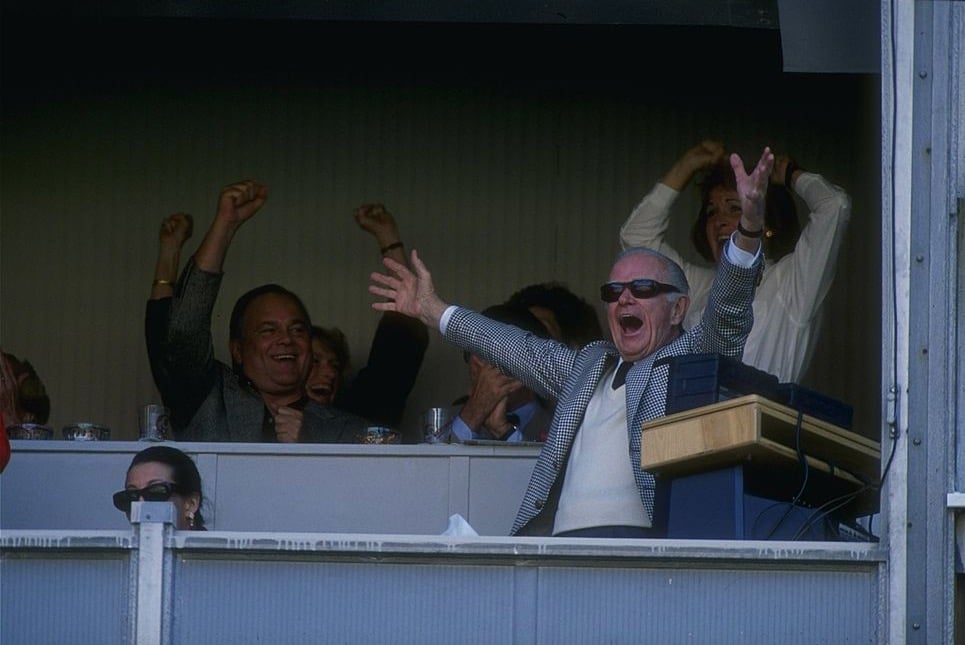
During DC’s pro-football glory days of the 1980s and early ’90s, locals arrived at RFK expecting a few hours of touchdowns and quarterback sacks, all ending—they hoped—in triumph. But over the course of games, fans would inevitably redirect their attention to a different spectacle, one taking place high above the playing field. “They would all turn around to see who’s in the [owner’s] box,” recalls John Kent Cooke, son of the late owner of Washington’s football team, Jack Kent Cooke.
In his box, Cooke hosted a glitzy crowd of political heavyweights, media titans, and entertainment stars, including Secretary of State James Baker, Senator Eugene McCarthy, Senator Ted Kennedy, talk-show host Larry King, journalist Lesley Stahl, conservative columnist George Will, and actress Elizabeth Taylor. “Most of the people who were there, like me, felt that there were two great invitations in Washington,” says Bill Regardie, the publisher of Regardie’s magazine, which chronicled money and power in DC. “The top one, of course, is the White House dinner. The second was to Jack Kent Cooke’s box.”
Invitations to the box, Regardie says, were hand-delivered a couple of days before each game. When guests arrived, they were treated to a catered lunch and an open bar. But while they enjoyed far more luxurious accommodations than fans in the nosebleed sections, Cooke’s collection of Washington luminaries had one key thing in common with the hoi polloi. When the home team was winning, says Ted Koppel, former anchor of ABC’s Nightline and an occasional box guest, “euphoria reigned. When [they] were losing, you better not smile.”
Back to Top
Bounce House

Forget RFK’s curved ceiling. The stadium’s true signature feature was visible only during the most exciting moments of a game. When a key touchdown, late-inning home run, or soccer goal whipped the crowd into a frenzy, fans would jump up and down on the lower-level bleachers—causing them to undulate and giving the concrete stadium the feel of a trampoline park. “You would look in the stands and see everybody going up and down, and you’re on solid ground,” recalls former Washington lineman Joe Jacoby. “Sometimes, you would wonder if the whole thing was going to come falling down on you.”
This unique characteristic was the result of RFK’s multipurpose design. Because the stadium was built to host football as well as baseball, its architects deployed a set of mobile bleachers to let fans get a close-up view of the action no matter the sport. But because these movable bleachers possessed a spring-like quality, they became, as Ballpark Digest put it, “the equivalent of a stadium bouncy house.”
Charley Casserly, who as Washington general manager assembled the roster that won the 1992 Super Bowl, says bouncing stands worked to energize the entire stadium: “Once they got going, that’s going to get the whole crowd going.” The result was a distinct advantage for the Burgundy and Gold, DC United, and every other team that called RFK home. When the stands moved, former Washington and Dallas football player Calvin Hill once told the Washington Post, “it was like you were walking through the shadow of death.”
Back to Top
When RFK Stadium Alt-Rocked
Remembering the very loud, very 1990s HFStival
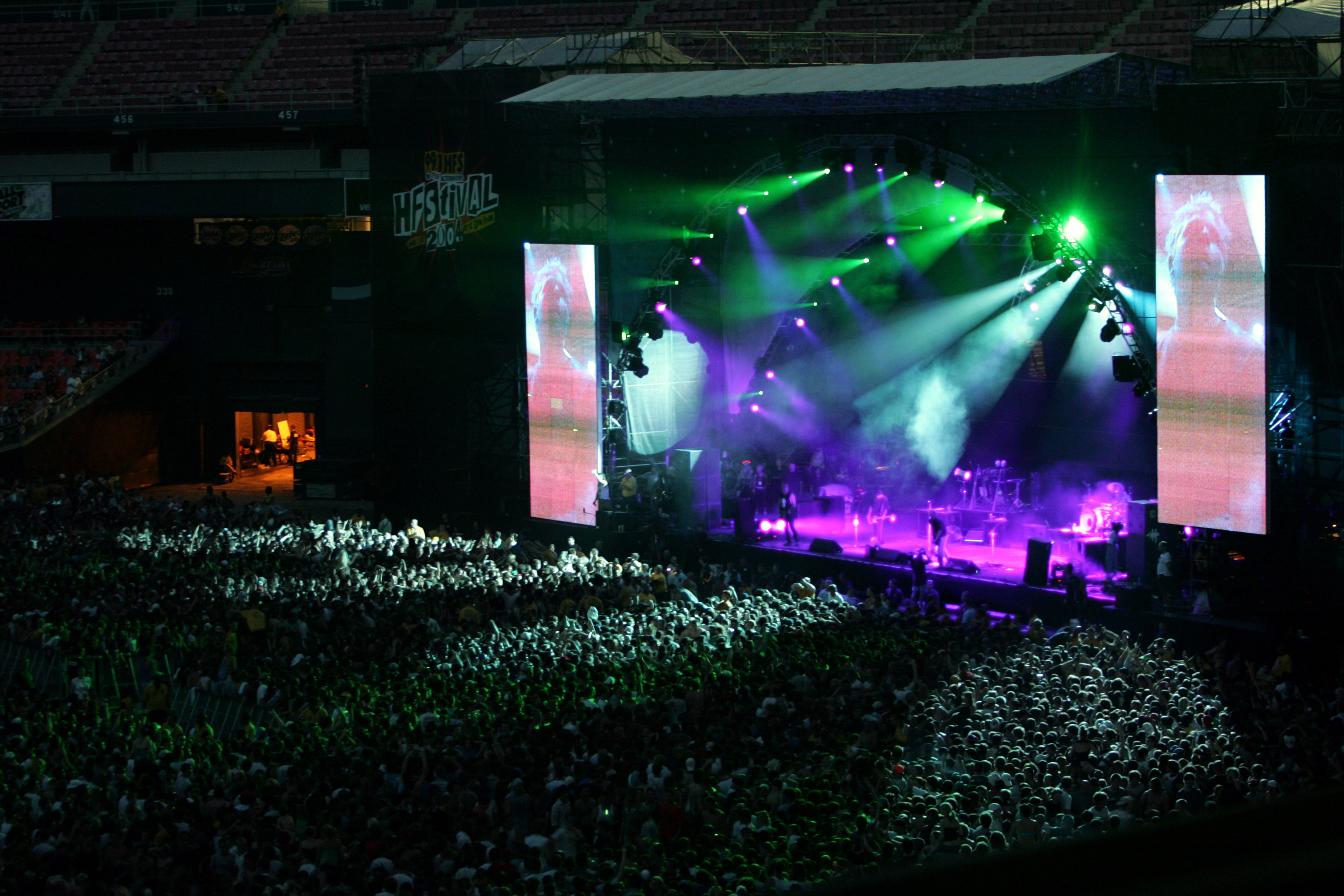
When the HFStival moved to RFK Stadium in 1993, it represented more than a chance to see Belly play “Feed the Tree” on the same field where Joe Gibbs and company dominated so many NFL opponents—it was a declaration that alternative rock had arrived. The annual multi-band concert put on by local alt-rock station WHFS began as a polite event at Lake Fairfax Park for a few thousand fans, but two years after Nirvana’s era-defining Nevermind, the festival became a cultural communion for tens of thousands of Gen-Xers. “It was a wonderful time with everything sort of coming together,” says Robert Benjamin, the station’s program director at the time.
Local band Velocity Girl opened the 1993 event. “I was crazy nervous,” says Jim Spellman, the group’s drummer. “I was so amped up about what it would be like to play in front of all these people in the place where the Washington football team played.” The station worked hard to nurture a good vibe for fans and artists—the goal, multiple people from WHFS say, was to have people leave saying they’d had the best day of their lives.
WHFS tried to keep ticket prices to $1 per band for the first few years, and it wooed artists by taking their performance contracts very seriously. “Artists would f— around and request things, just to see if we would get it for them,” says Bob Waugh, the station’s assistant program director. “I think it was Everclear, one year, said, ‘We would like a small dog.’ And we made it happen.”
While the Burgundy and Gold split for Prince George’s County in 1996, the festival soldiered on at RFK. SoundScan, the then-new tech that revolutionized hit charts by showing what people actually bought in stores, consistently found that after artists played the stadium, “their record sales went through the roof in DC,” Waugh says.
Highlights are plentiful. There was the time Courtney Love played an unannounced set and dove into the crowd. The time Tony Bennett “walked out, grabbed the microphone like a pro, and the crowd went completely reverent,” Benjamin says. The time actress Winona Ryder, then dating Soul Asylum singer Dave Pirner, confronted Primus backstage about their single “Wynona’s Big Brown Beaver,” which she felt was about her, despite the different spelling. “She had her say and split,” Waugh says. “I never saw her again that day.”
In 2000, the festival was held at FedEx Field, where Waugh says the vibe was decidedly less chill, thanks in part to the football team’s owner. “When Dan Snyder came to the show, everything had to stop; the tunnel had to be cleared,” Waugh says. “We were told, ‘Don’t look at Mr. Snyder.’ ” WHFS’s corporate owners wanted more festivals and bigger names, and “what started out as a labor of love just kind of became this huge, pressure-filled responsibility,” Waugh says. The last HFStival at RFK took place in 2004. Only four more shows—one in Baltimore, three at Merriweather Post Pavilion—were held after that.
During the festival’s heyday, Waugh and Benjamin had a tradition of ending each night by commandeering a golf cart, driving to RFK’s highest point, and having a beer while watching the final band. In 1995, that was the Ramones, who dedicated “Blitzkrieg Bop” to Waugh. “It was kind of a moment, because they were our heroes,” Benjamin says. Waugh agrees: “That’s seriously the highlight of my career.”
Back to Top
“You Had to Be There”—and They Were
Some Favorite RFK Memories

Former lieutenant governor of Maryland, RFK’s daughter
“One of the happiest traditions for my mother, my brothers and sisters, my mother’s friends—and something she shared with so many Washingtonians—was going to a [football] game. The week before, it was hugely anticipated. How were they all going to fit in the car? I think my mother had 12 tickets, and she would bring 24 people. But was the ticket-taker going to say no to Mrs. Robert Kennedy?”

Former Washington football team running back
“During the playoff run back in ’82, the passion in RFK—you had to be there. The crowd was like an army that was completely in step, chanting: ‘We want Dallas! We want Dallas!’ We basically crushed the Cowboys in front of our fans, and it was the springboard to [the Super Bowl]. It was storybook stuff. In a lot of ways, that may have been a greater moment for me than winning the Super Bowl.”

Singer, Jimmie’s Chicken Shack
“To have the entire floor of RFK moshing is an insane visual. And I probably dove out on that crowd, I don’t know, two or three times during the set. . . . It’s a whole different world when you play a show that large. It’s humbling.”
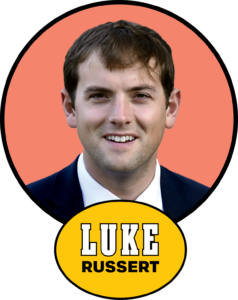
Former news correspondent, St. Albans alum
“RFK had a second life as the home of the Nats. On Father’s Day 2006, as I sat with my dad [former Meet the Press host Tim Russert] and grandpa, Ryan Zimmerman walked off the New York Yankees with a towering home run. I never thought the shaking could be at the football level for baseball, but I was wrong.”

Area native, former DC United goalkeeper
“Every Thursday and Friday, there’d be a gentleman who would pull up [in the RFK parking lot] in his pickup truck, with a smoker, around 11 am—right when we finished practice. I could smell the barbecue ribs. So every Thursday and Friday, I’m back there getting ribs and mac and cheese. And then they have to weigh us on Saturday! I’m just like, ‘Suck it in and go to the sauna before practice.’ ”

DC native, DC Council member, former DC mayor
“[My favorite memory] is watching [football player] Darrell Green chase down opposing running backs and receivers. Green was the fastest man in the league. Seeing him in person was a wonder to behold. He played the game at a different speed—it was as if everyone else was in slow motion.”
Back to Top
Revisiting RFK Stadium’s Weirdest Moments
Four times the DC stadium hosted the strange and the silly

Mass Matrimony
November 29, 1997
Unification Church leader and Washington Times patron Reverend Sun Myung Moon presided over a wedding ceremony attended by roughly 40,000—including 2,500 arranged-marriage church couples taking vows on the football field. Highlights included 40,000 box lunches from an Alexandria caterer, a Louis Farrakhan speech, protests outside the stadium, and a post-ceremony concert no-show from Whitney Houston, who at the last minute cited illness.
Grand Prix Opening, Grand Prix Closing
July 21, 2002
Staged in the stadium parking lot, the DC Grand Prix was the city’s first major auto race in 80 years. After DC Council members complained about noise levels reaching as high as 105 decibels on nearby streets—“like having an airport next to your house for three straight days,” said future mayor Adrian Fenty—plans to continue the event for the next nine years were scrapped.
Blast From the Past
July 19, 1982
During the Old Timers Baseball Classic, an annual game played by former stars, 75-year-old Hall of Famer Luke Appling hit a home run to left field—32 years after his final big-league season. Somehow, Congress did not hold PED hearings.
That Time the Beach Boys Were Political Dissidents
June 14, 1983
After Interior Secretary James Watt banned “rock bands attracting the wrong element” from the annual July 4 celebration on the National Mall, leading to the Beach Boys being replaced by Wayne Newton, the US men’s national soccer team invited the band to play a postgame concert at RFK. More than 50,000 fans showed up, while a local radio host dubbed Watt a “nerd.”
Back to Top
Not With a Bang
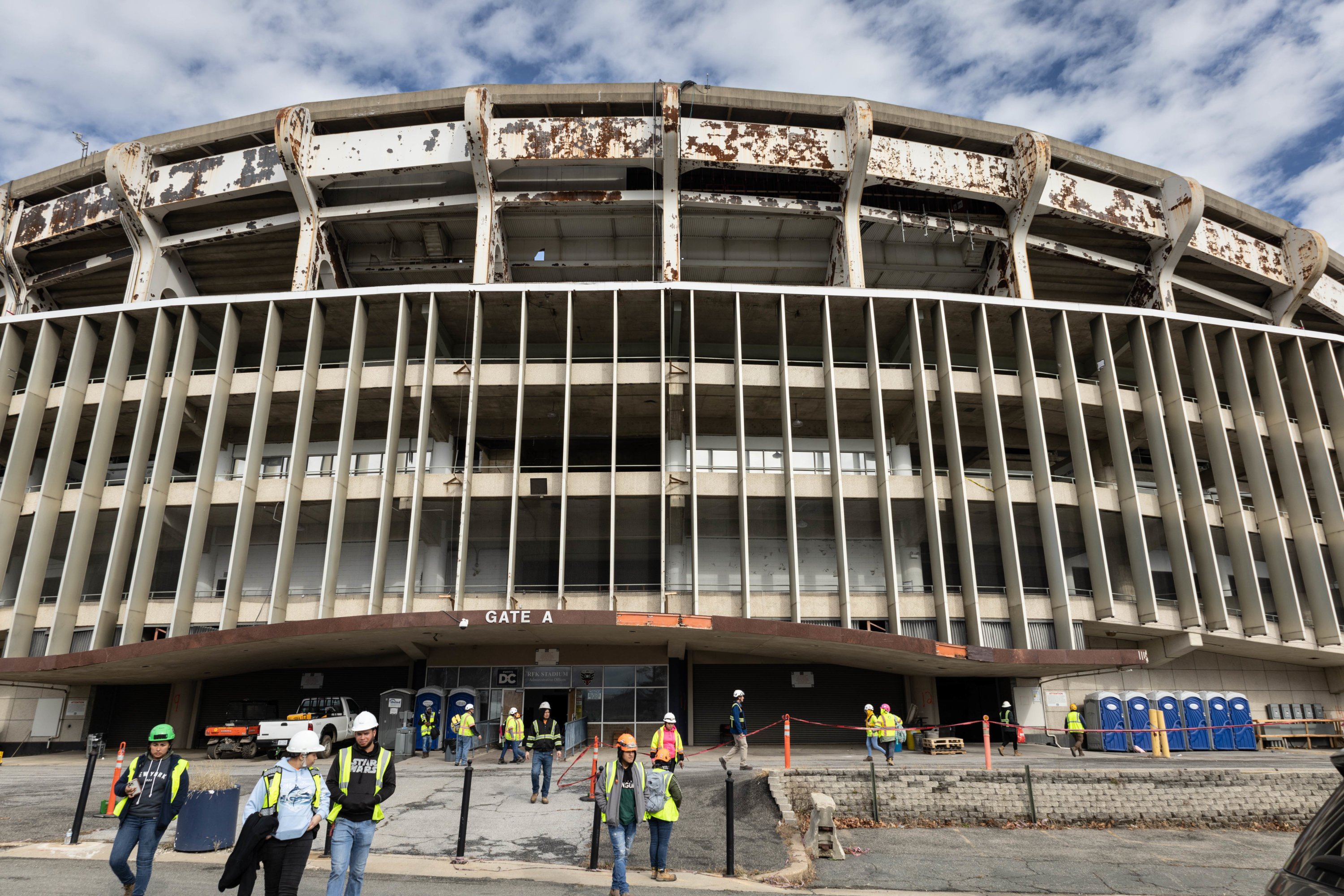
If you were hoping to see RFK Stadium go out in a final blaze of earth-shaking, concrete-breaking, dust-creating glory—well, bad news. Unlike Seattle’s Kingdome, Philadelphia’s Veterans Stadium, and many other obsolete mega-venues, RFK will not be decommissioned via getting blown to smithereens.
“We’re going to be doing a lot of other cool things,” says Angie Gates, president and CEO of Events DC, which is managing the stadium’s teardown. “But the implosion of RFK is just not the route we need to take.”
Why the kinder, gentler approach? While all-at-once demolitions are undeniably cool—and make for epic YouTube videos—they’re also extremely messy. “RFK is surrounded by wonderful neighbors and residents just a short walking distance away,” Gates says. “It’s also close to the Metro—the stop is literally right here. So we really want to be safer and more methodical in our approach.”
Instead of a single big bang, RFK’s $20 million demolition is occurring in four stages: removal of asbestos and other potentially hazardous materials; removal of various building parts such as HVAC units and bathroom sinks; destruction of the main structure; and, finally, backfilling and grading the stadium site. Events DC is working to salvage materials—so far, Gates says, 16 tons of plastic and 368 tons of metal have been recycled—and also preserve memorabilia, such as the signature wooden orange seats.
“RFK has been there for over 60 years, so there’s a sentimental aspect to the process,” Gates says. “We want to do it safely but also be respectful of what the location represents, the lives it touched, and the stories that have been told along the way.”
Back to Top
What’s Next for RFK Stadium?
Three possibilities for the stadium’s grounds.

“We can’t allow for this to be the picture of RFK in our town,” DC mayor Muriel Bowser said at RFK Stadium’s final public sendoff in December, as crews dismantled the crumbling hulk around her. When the demolition work is done, Bowser wants new development at the site to provide “recreation, housing, jobs, better access to the river, better parks, better event space for more sports”—but before anything significant can happen on the 190 acres of federally owned land along the Anacostia River, local and national lawmakers will have to get on the same page.What could the future hold? Here are three possibilities—which are not mutually exclusive.
A Really Good Rec Center
The DC Council has funded construction of a $60 million recreation center on the site, though where it will actually be located is up in the air. The National Park Service leases the land to Events DC—the city’s sort-of public company that owns and manages venues such as Nationals Park and the Entertainment and Sports Arena—under the condition that it provide “recreational facilities, open spaces, or public outdoor recreation opportunities.” A new facility offering an indoor track and activities like gymnastics would tick that box.
A Gateway Park
In 2006, the National Capital Planning Commission endorsed a mix of recreation and cultural spaces reminiscent of the area surrounding the Gateway Arch in St. Louis or the Champ de Mars near the Eiffel Tower in Paris. The RFK site is well positioned for recreation, with trails and boating opportunities on Kingman and Heritage islands that are only a footbridge away. Meanwhile, by the end of April the current RFK festival grounds (parking lot 8) will have already hosted the National Cannabis Festival and the Project Glow EDM festival; a revamped campus could potentially attract and accommodate more big events.
A Commanders Stadium
The prospects for bringing the Washington Commanders back to the city have gone up and down more times than Dan Snyder’s yacht in bad weather. With Snyder reportedly about to sell the team, could the DC Council’s opposition to dealing with him finally dissipate? The National Football League says it wants DC “at the table” when it plans a replacement for FedExField.
Photograph of Townsend by Paul Marotta/Sipa USA.
Photograph of Riggins by PG/Splash News/Newscom.
Photograph of Haha by Jeremy Saffer; Russert by Susan Walsh.
Photograph of Hamid by Doug Murray/Icon Sportswire.
This article appears in the April 2023 issue of Washingtonian.

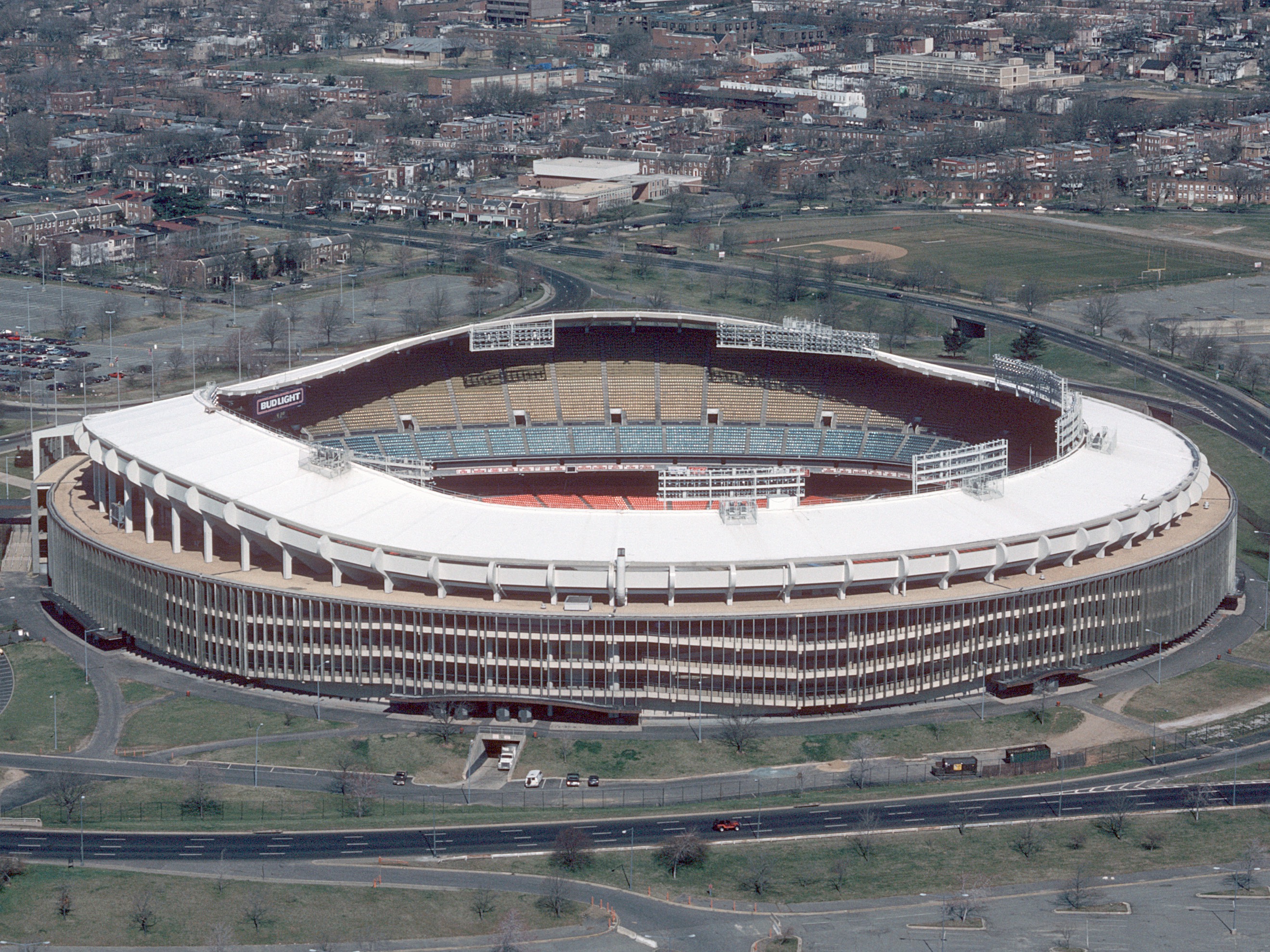
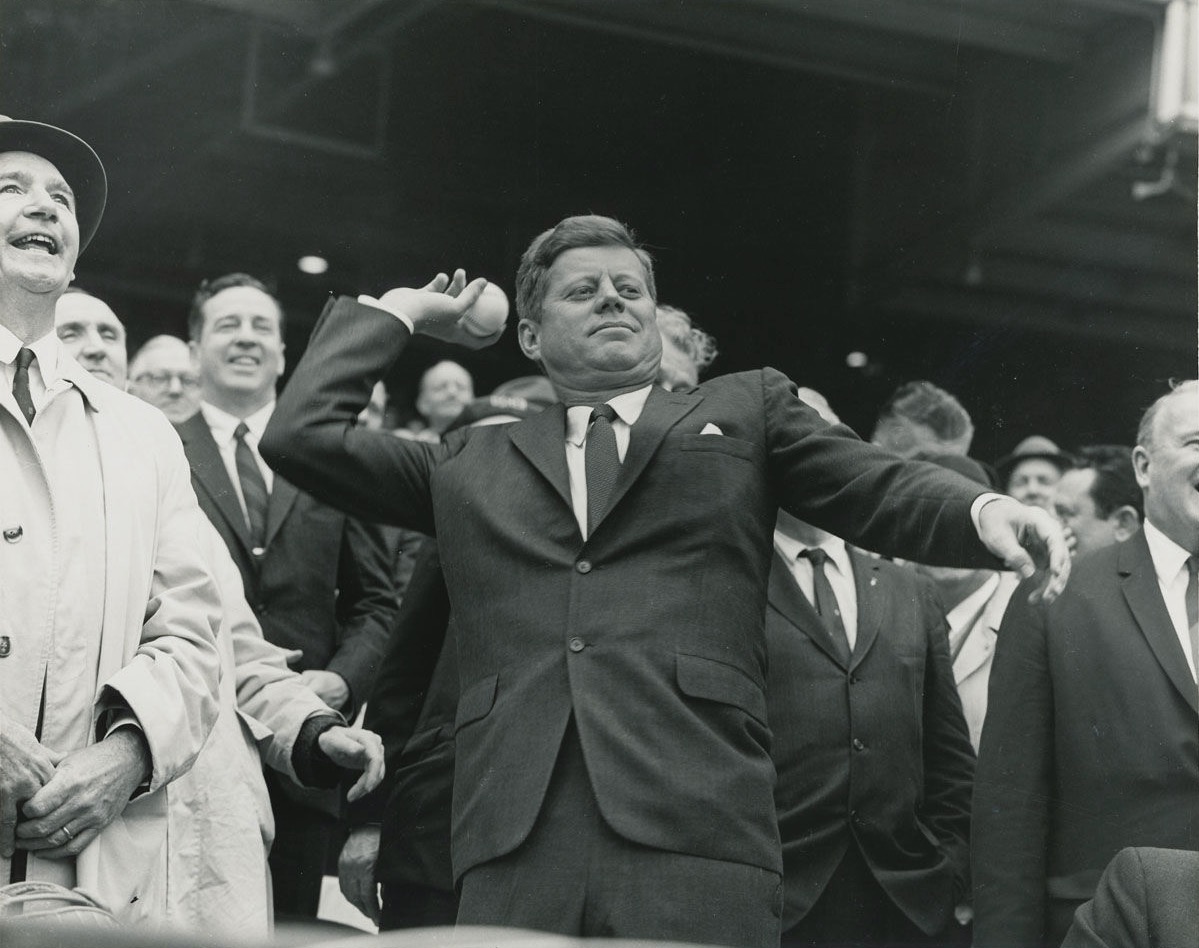

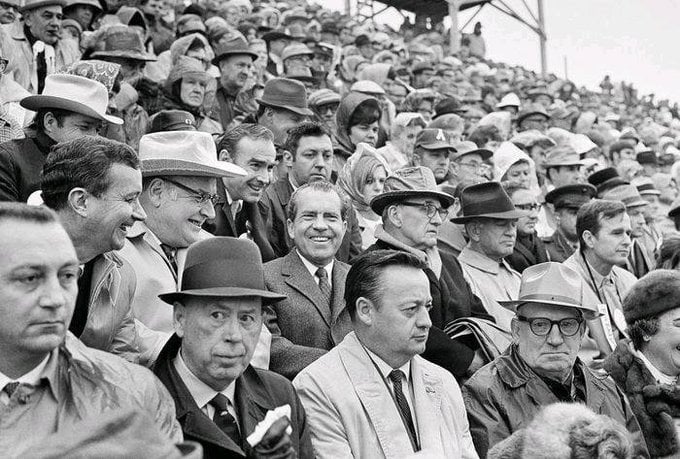
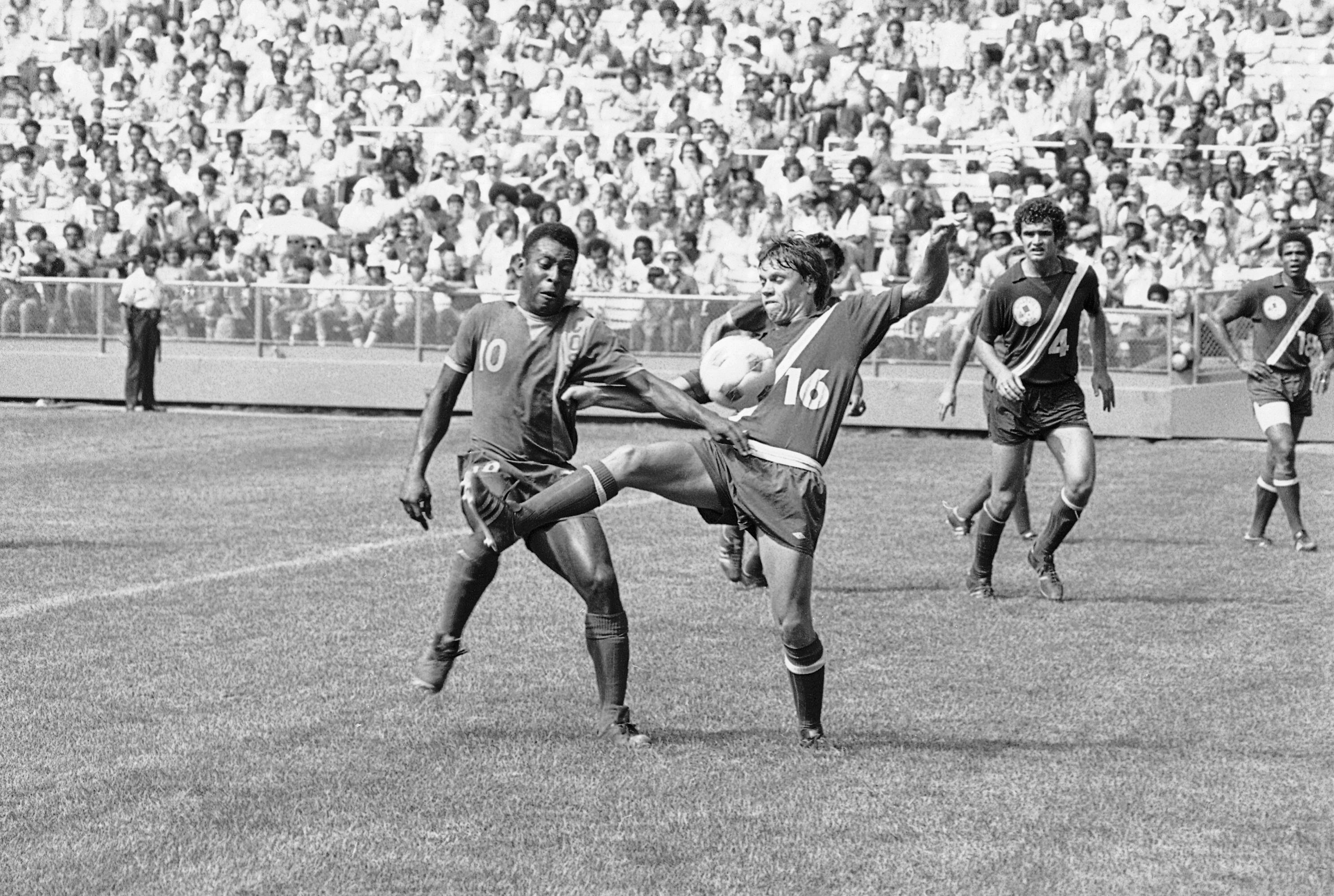

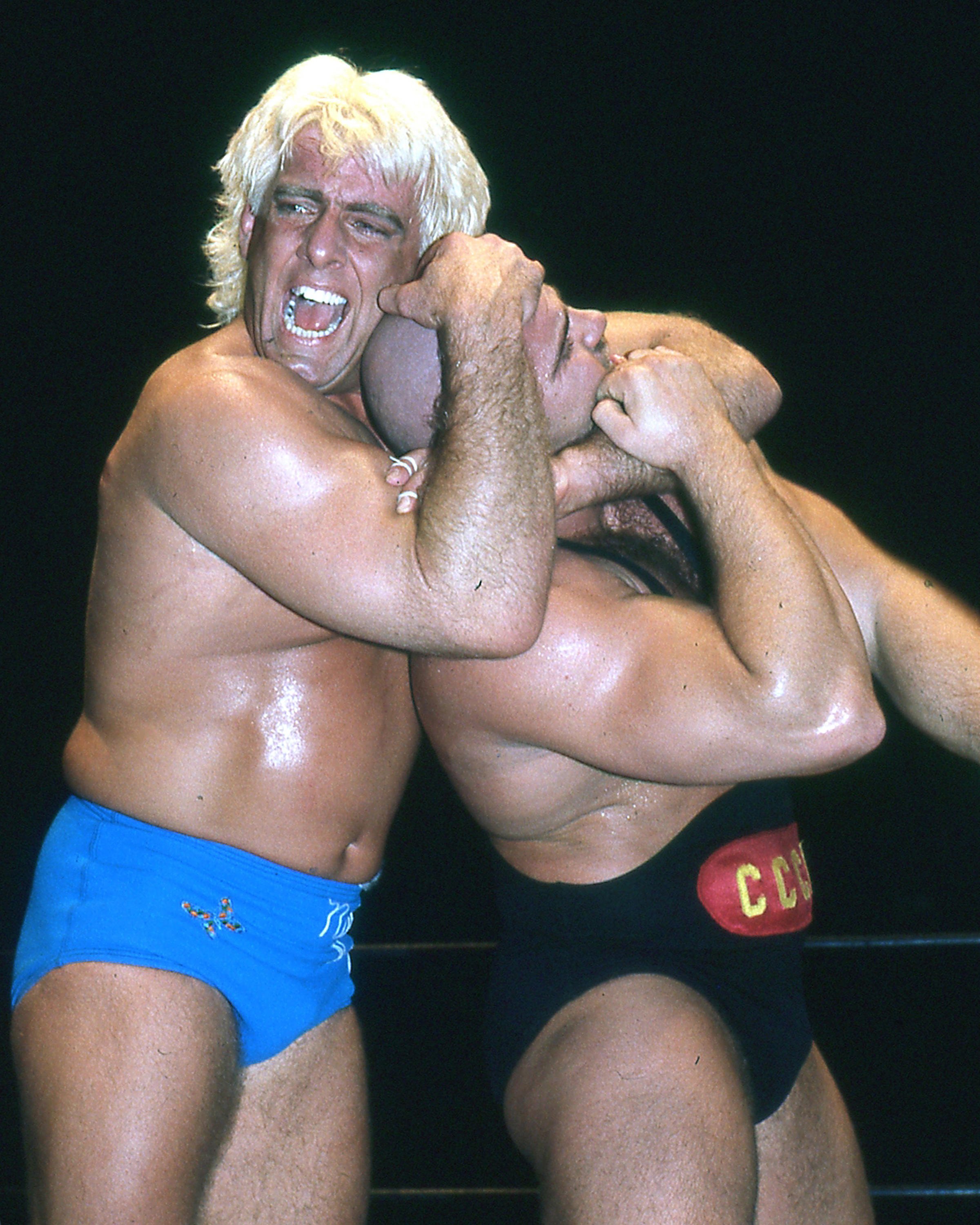
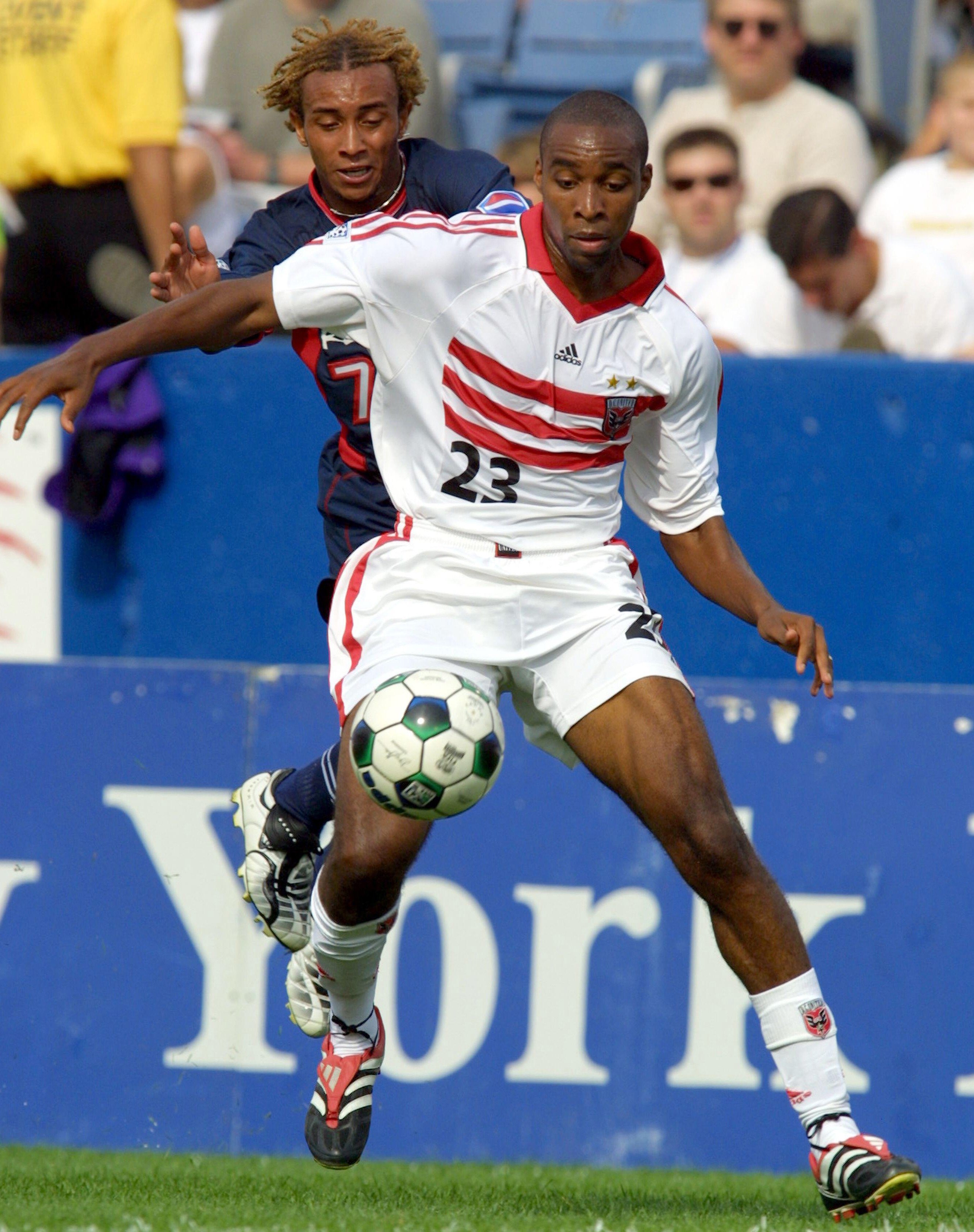

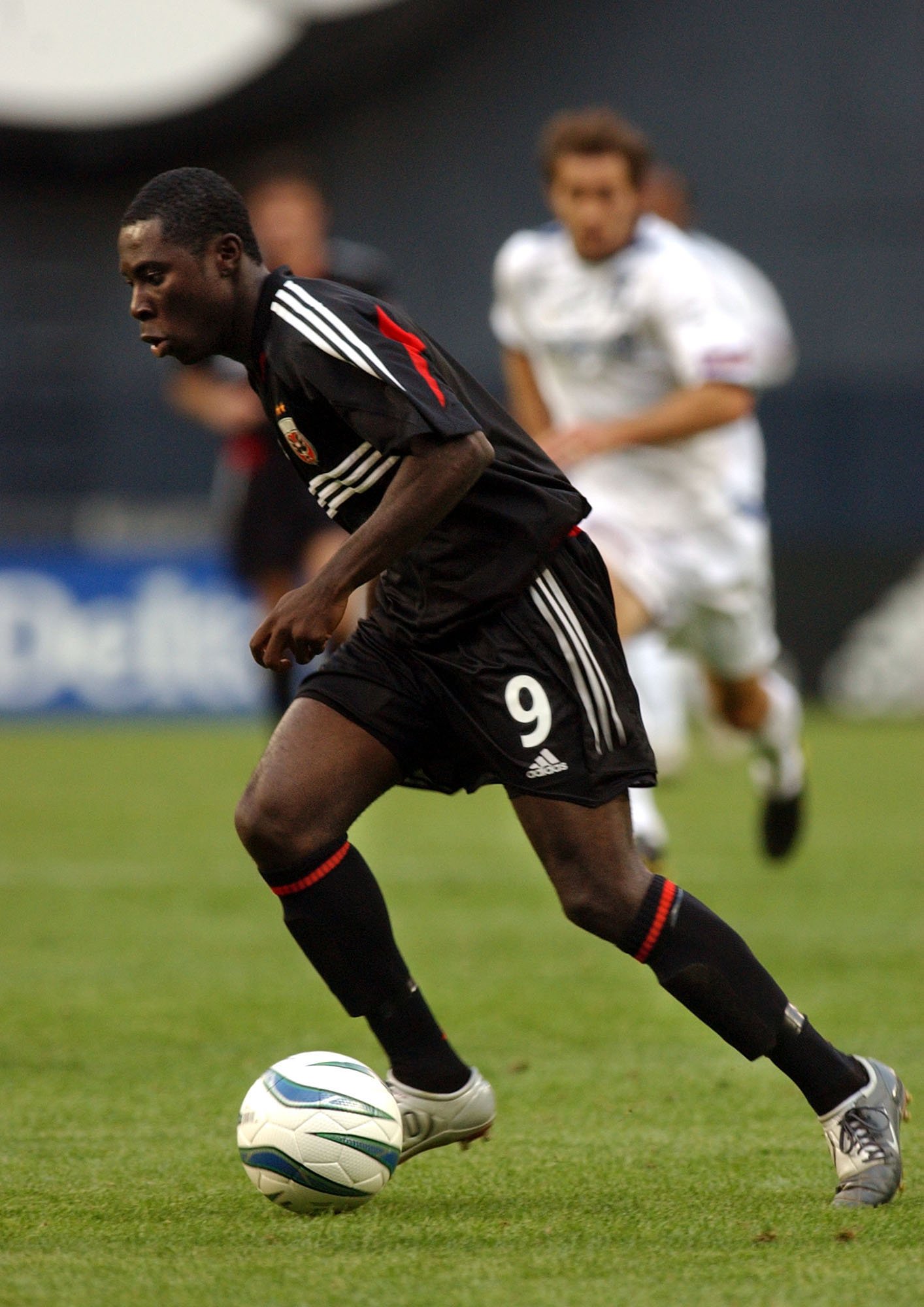

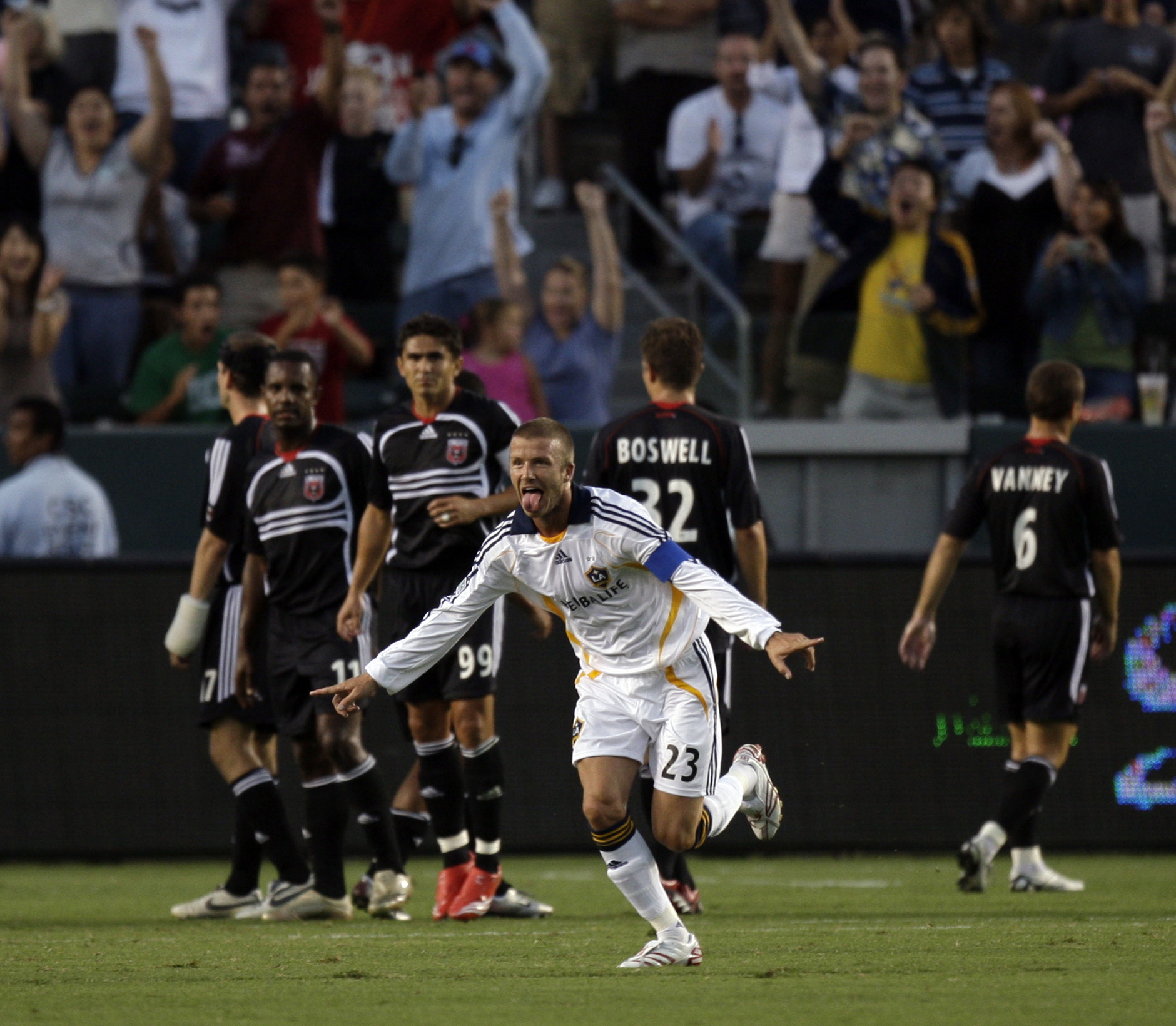

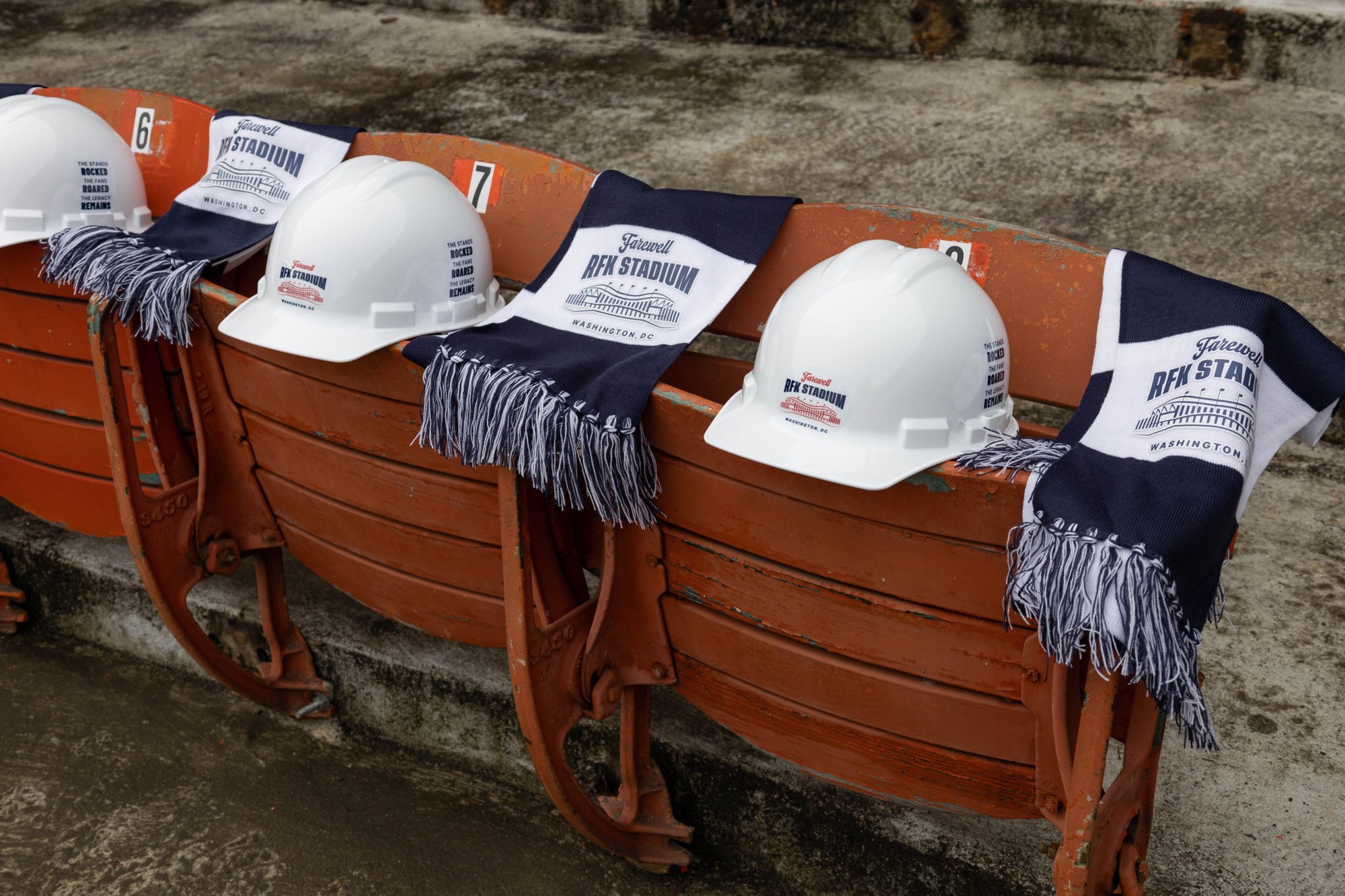

![Luke 008[2]-1 - Washingtonian](https://www.washingtonian.com/wp-content/uploads/2017/10/Luke-0082-1-e1509126354184.jpg)







